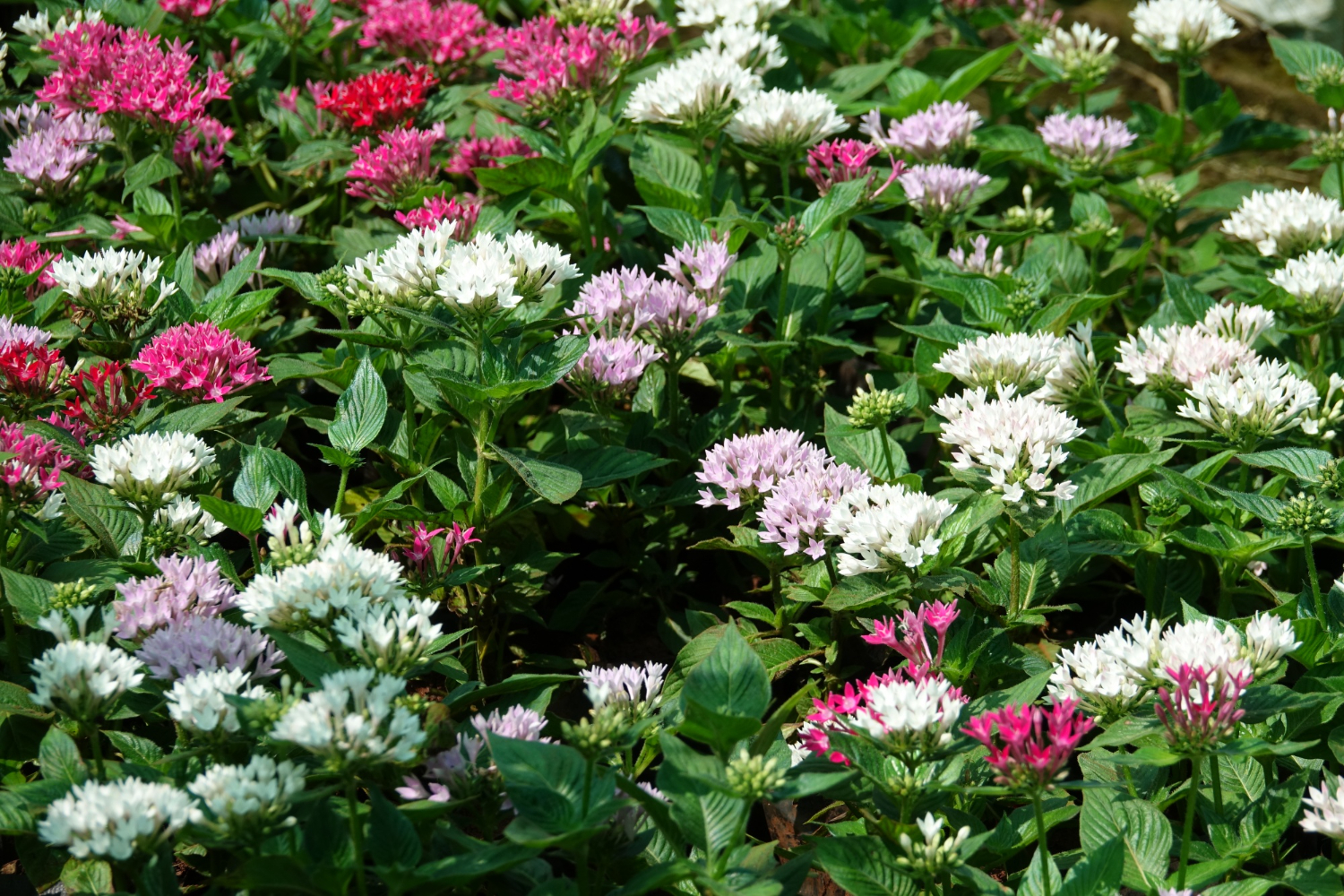A yard can do more than look tidy. With a few thoughtful choices, it can feed migrating birds, shelter native bees, and cool summer afternoons with shade and soil. Slow gardening beats constant chores, and local plants handle weather swings with less water and fuss. The habits below favor layers, clean water, dark nights, and chemical free care. They fit small patios and quarter acre lawns alike. Start with one corner, then let the patch grow. Habitat builds quietly, and soon the yard starts to hum.
Plant Native Layers
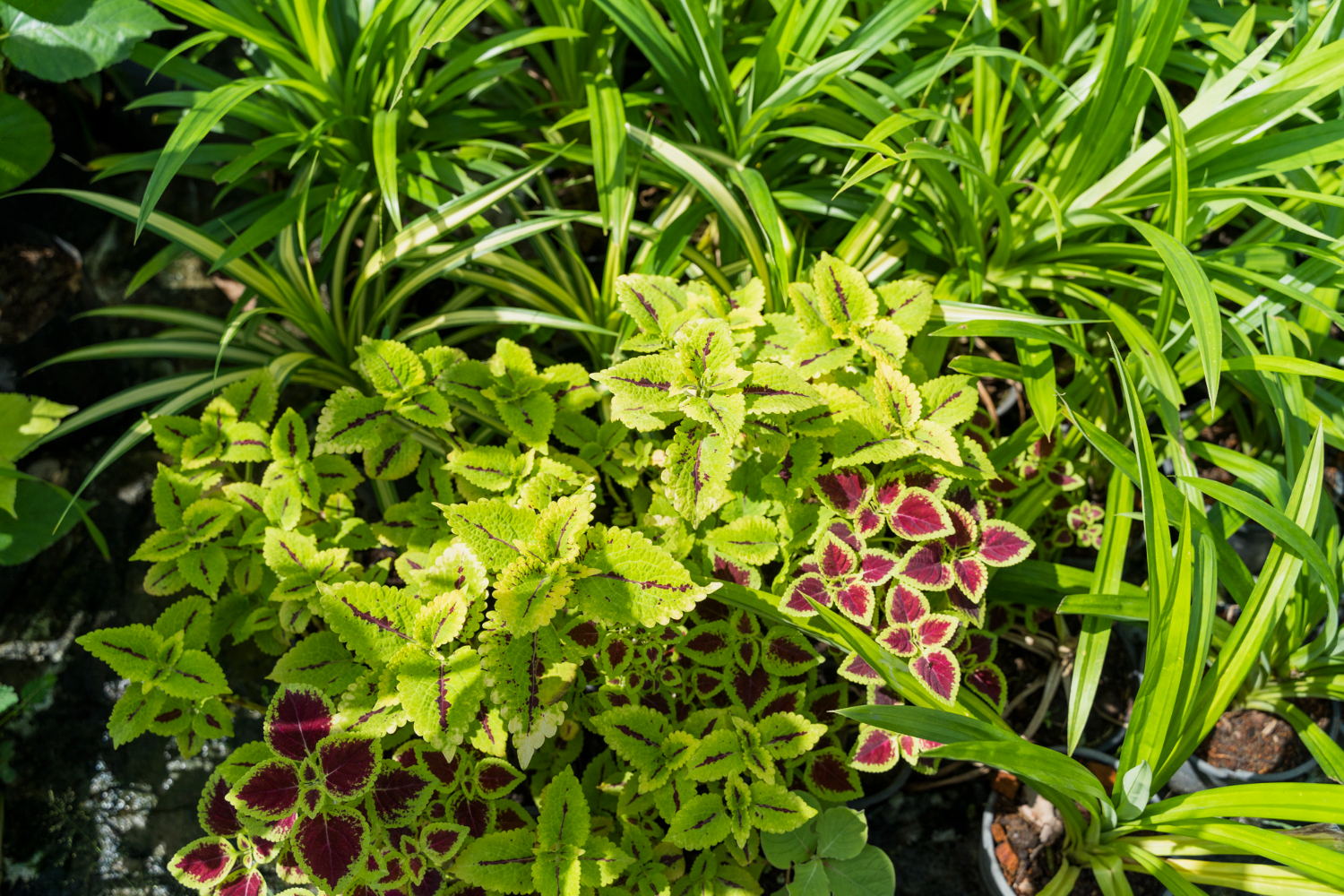
Native plants anchor the food web, so a layered mix of trees, shrubs, perennials, and grasses matters more than a single flower bed. Canopy and understory hold nests, while seed heads and berries carry birds through lean months. Regional species evolved with local insects, which means caterpillars for nestlings and nectar for pollinators. Group plants in drifts for easier foraging and lower maintenance. Add leaf mulch to lock in moisture and feed soil life that supports roots and fungi.
Add Clean Water Year-Round
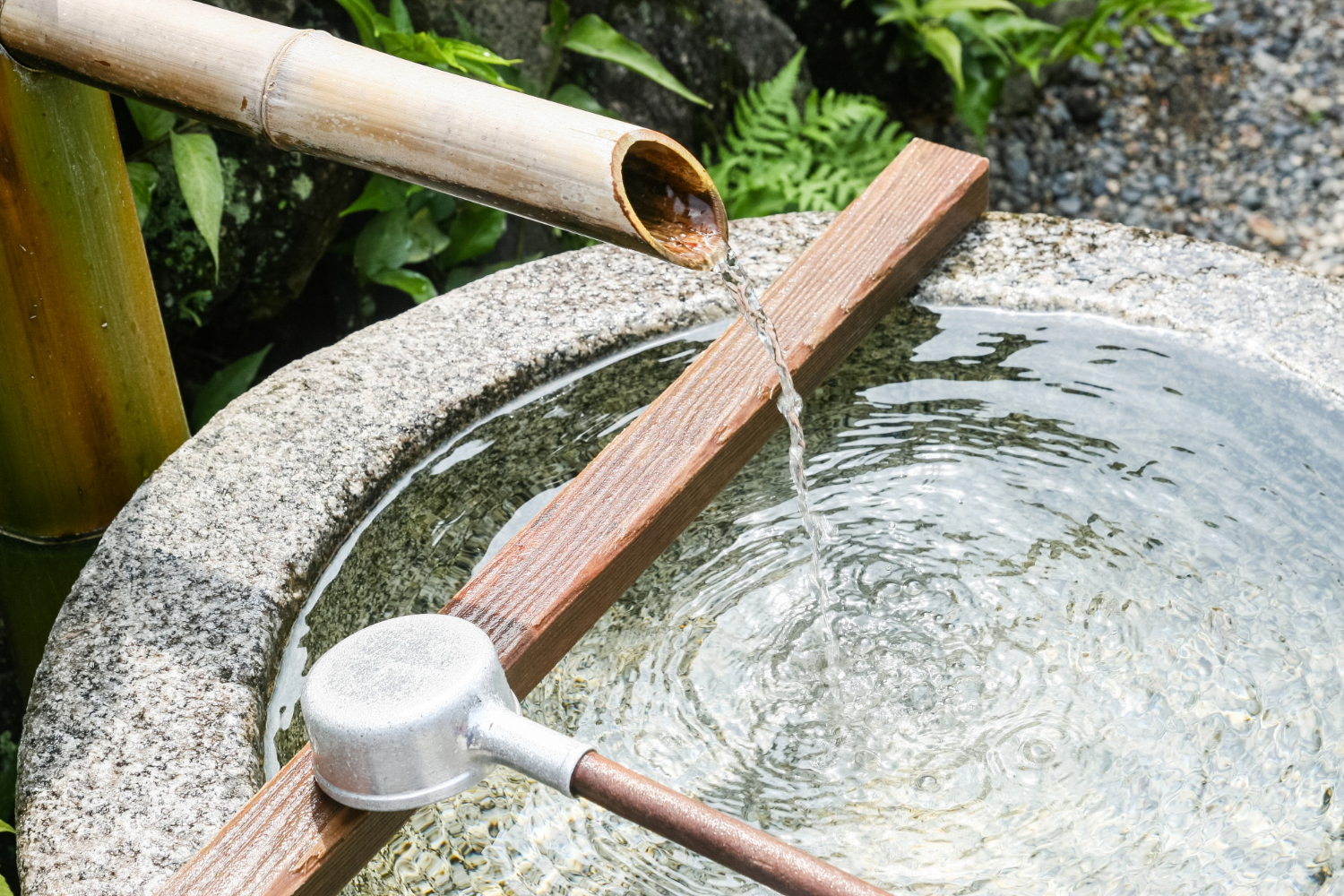
Water draws wildlife fast. A shallow birdbath with a gentle slope and a nearby perch works for songbirds, bees, and butterflies. A simple pump creates movement that keeps mosquitoes from settling and makes the basin easier to spot from the air. In winter, a small heater prevents icing and saves lives during cold snaps. Rinse daily in summer, scrub weekly, and set flat stones for safe footing. Place the bath within sight of dense shrubs so quick cover is always a short hop away.
Leave The Leaves And A Little Mess
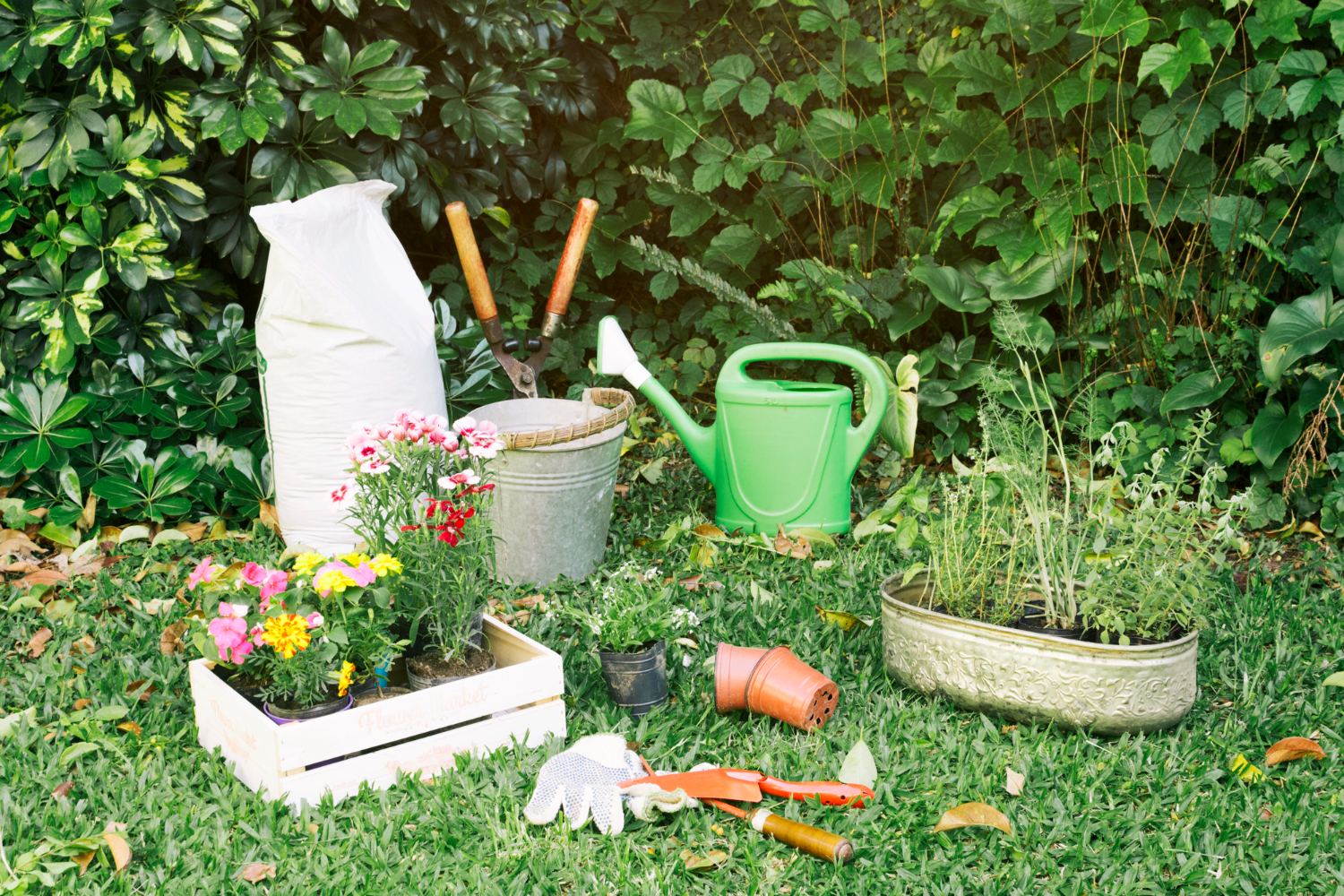
Leaf litter is not clutter. It is winter shelter for moths, fireflies, and ground beetles, and it becomes spring breakfast for chickadees feeding young. Rake paths, not beds, and tuck a corner for a brush pile with branches stacked log cabin style. A standing snag, if safely away from the house, offers cavities for woodpeckers and native bees. Shorten the mowing season and raise deck height to let clover and violets bloom low. The yard will soften and wildlife will stay.
Skip Chemicals And Welcome Beneficials
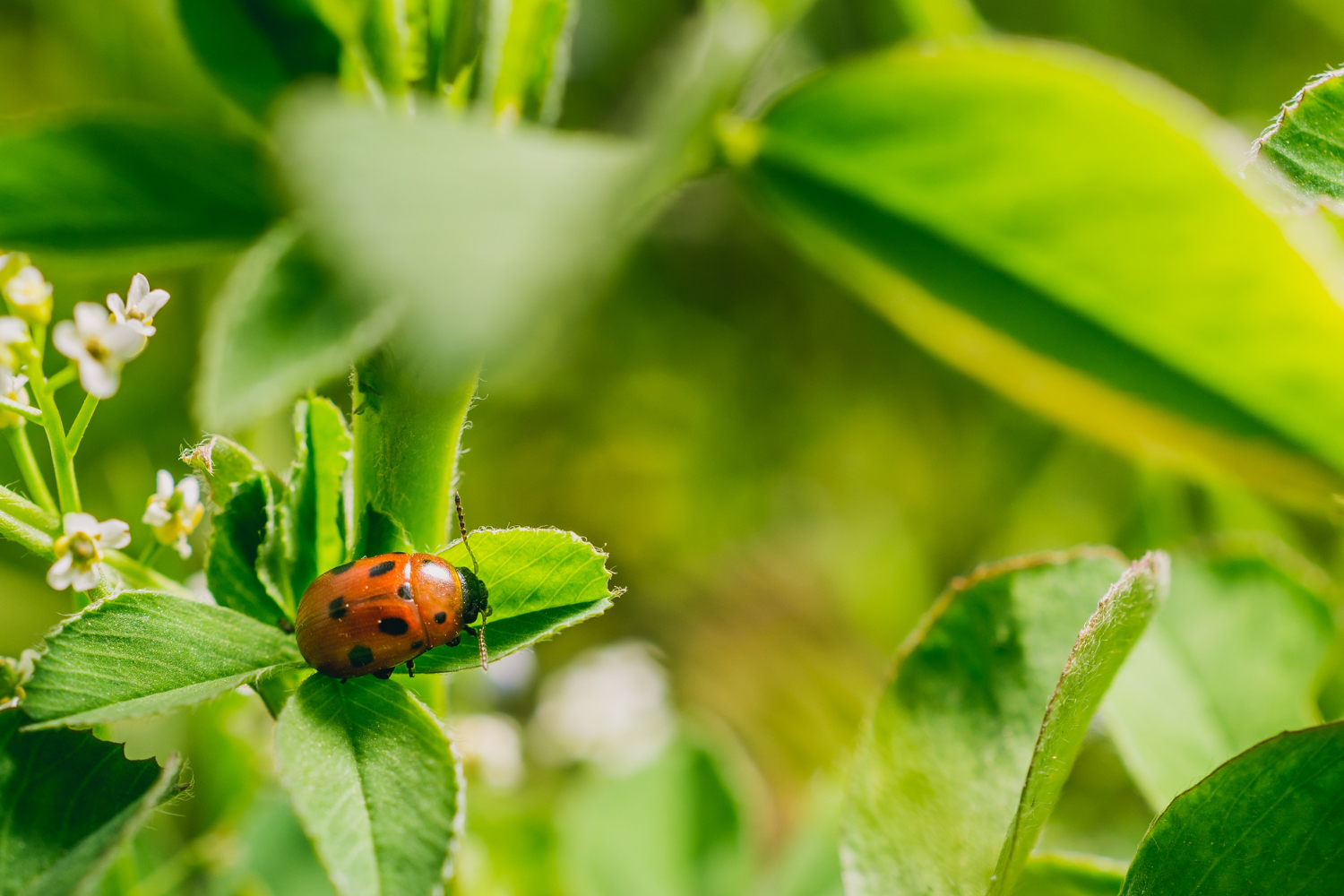
Pesticides and weed killers flatten the web that a garden needs to thrive. Swap them for integrated pest management, which starts with healthy soil, plant diversity, and hand picking small outbreaks. A gentle soap spray handles aphids, while lacewings and lady beetles clean up survivors. Avoid seed or plant stock treated with neonics, and read labels on fertilizers to prevent runoff. A little tolerance for chewed leaves buys a lot of song and motion later in the season.
Bloom From Early Spring To Late Fall

Staggered bloom keeps nectar on the table all year. Aim for early pollen in March, steady summer color, and late asters and goldenrods that fuel migration. Let herbs like thyme and mint flower, and allow a few greens to bolt to feed small native bees. Mix shapes and colors to fit different tongues and flight styles. Add host plants for caterpillars, not just nectar hubs for adults, and tuck seed bearing natives for autumn and winter forage when insects fade.
Build Nesting And Overwinter Sites
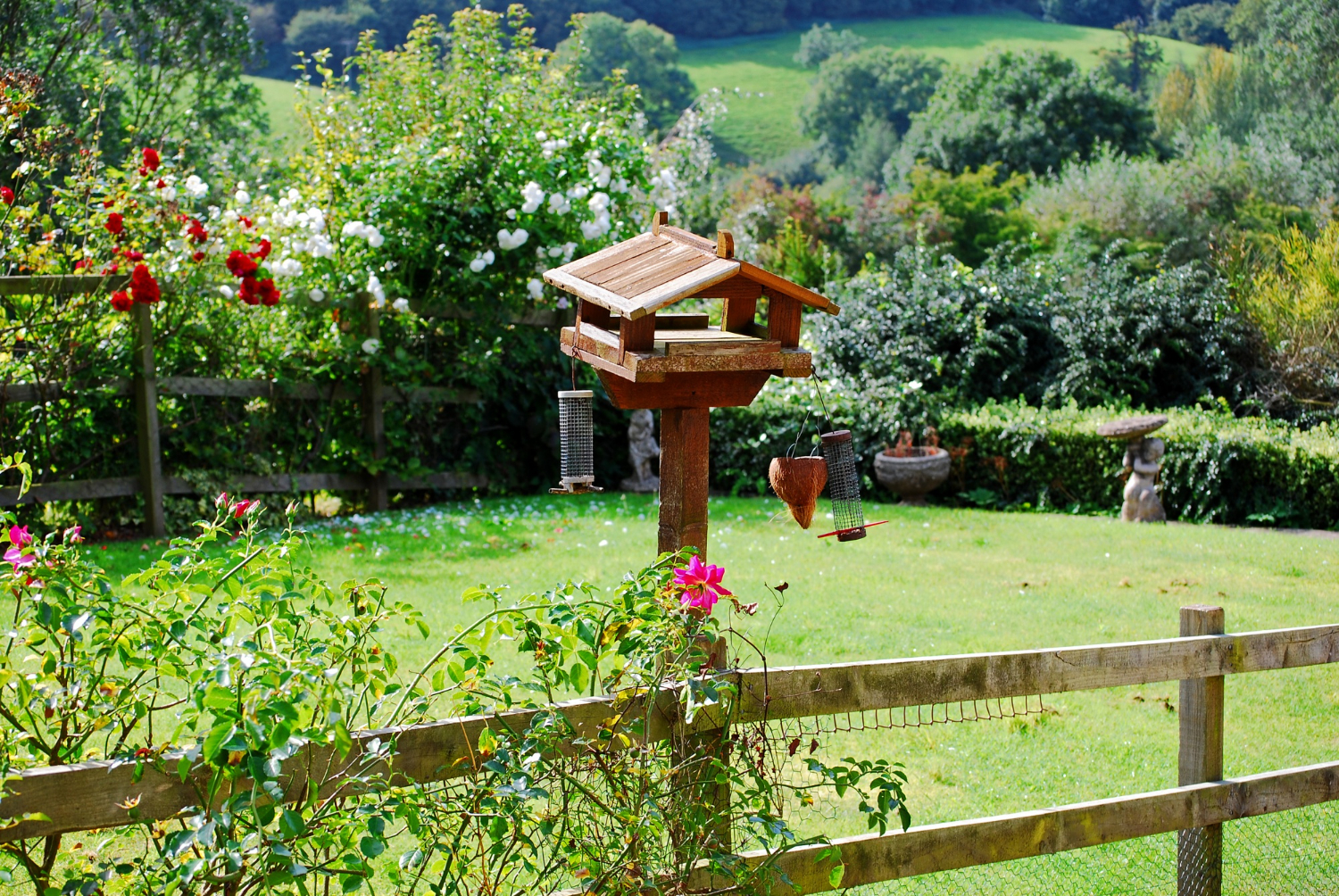
Nesting takes more than a feeder. Bird boxes sized for locals, made of untreated wood with vent holes and drainage, outlast a season and invite returns. Clean annually in late winter. Leave a patch of bare, sunny soil for ground nesting bees, and set a short log with drilled holes for mason bees using paper liners that can be replaced. Keep stems from hollow perennials at 12 to 18 inches so insects can overwinter inside. Small structures, big payoff by spring.
Create Cover And Corridors
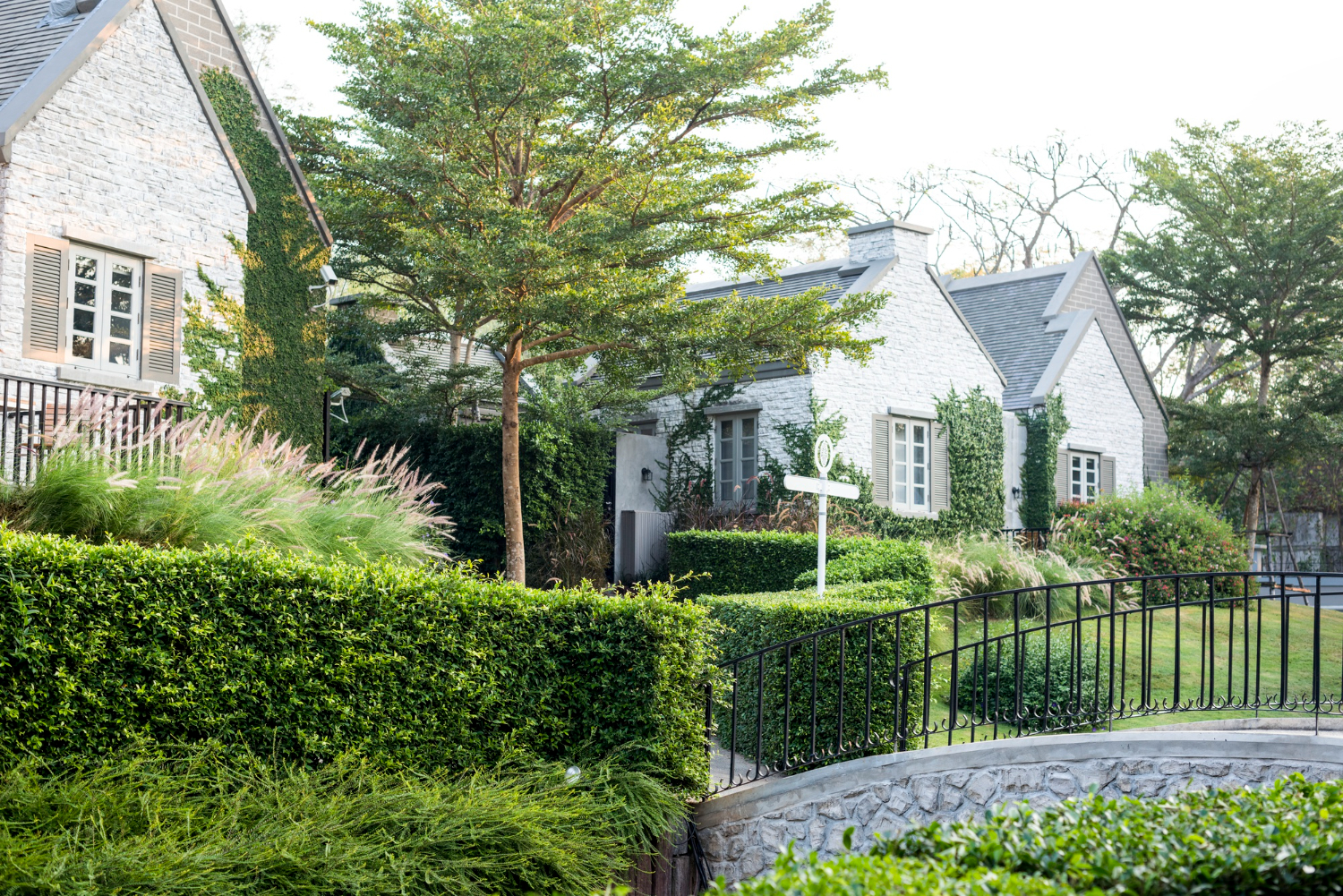
Wildlife moves along edges, not across empty lawns. Plant a hedgerow that runs fence to fence using native shrubs with staggered height, then link it to a tree or a rain garden to form a safe route. Add a small brush patch near the water source so thirsty birds reach cover fast. A low gap under a fence lets turtles and toads travel, while a simple rock pile offers basking spots and crevices for skinks. Connected spaces turn a single yard into a tiny reserve.
Make Lights And Windows Safer
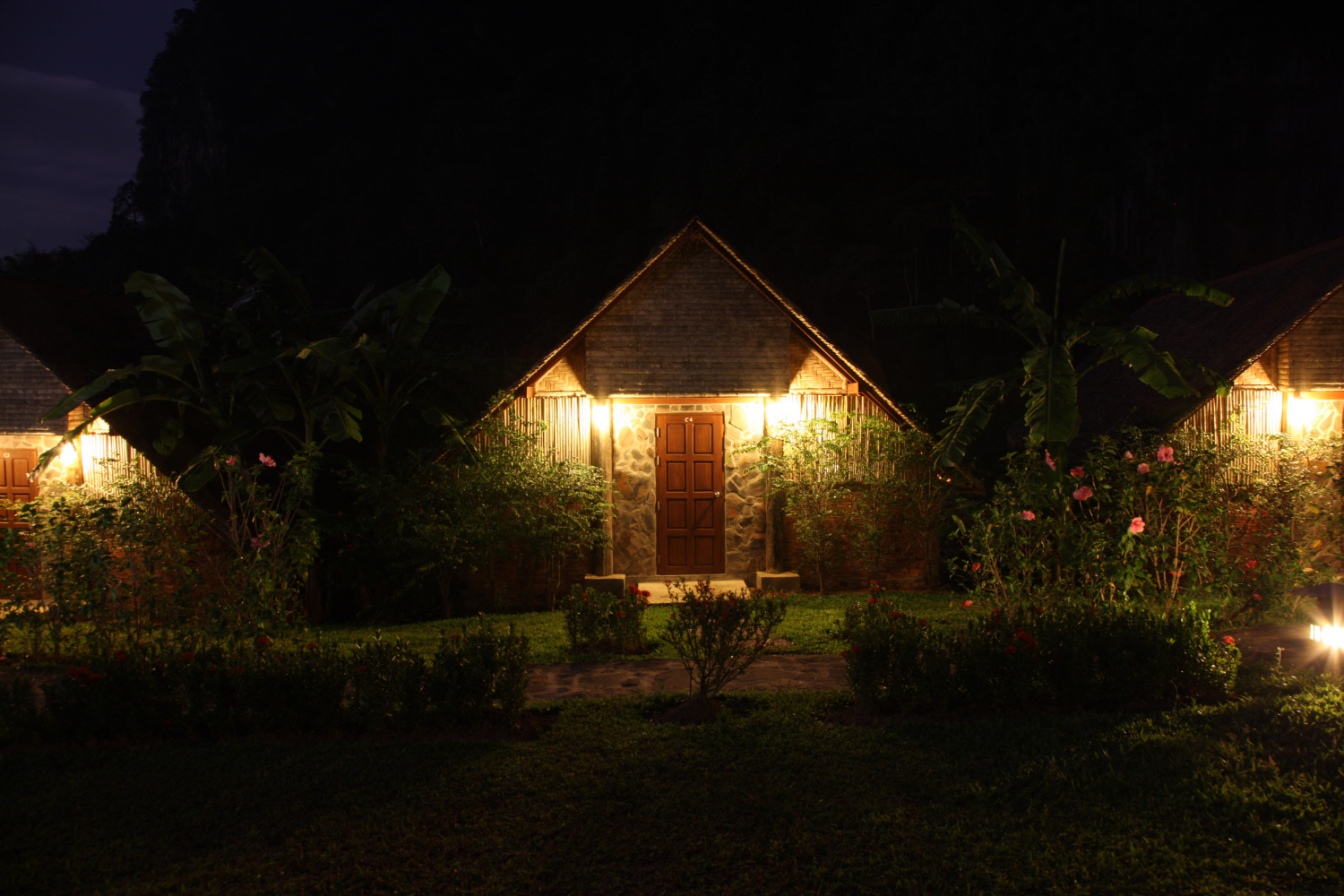
Night lighting scatters navigation for birds, bats, and insects. Swap cold bulbs for warm LEDs, shield fixtures so light points down, and set motion sensors for paths. During migration in spring and fall, close curtains after dusk or use decals and external screens to cut reflections that cause window strikes. Move indoor plants away from glass so birds do not aim for a false canopy. Darker nights mean richer skies and more life in morning branches.
